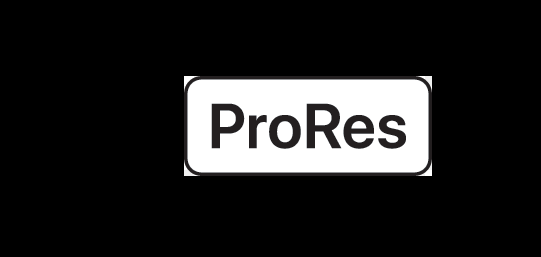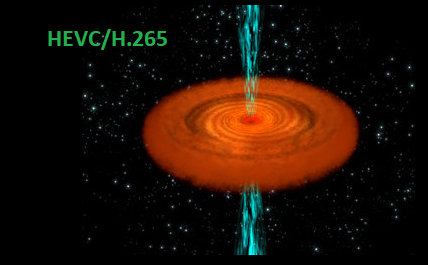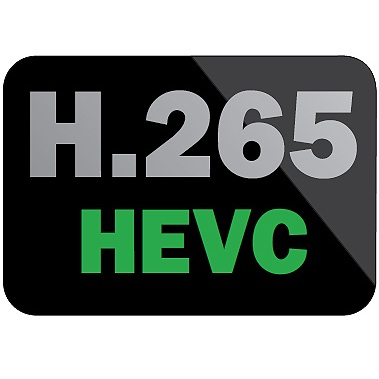Parts of book “Anatomy of H.264/AVC”

Motion Vector Prediction Intra Prediction Skip/Direct Mode Dangling Fields Slava23+ years’ programming and theoretical experience in the computer science fields such as video compression, media streaming and artificial intelligence (co-author of several papers and patents). the author is looking for new job, my resume Donate videonerd.website
H.264/AVC DPB Monitoring Outline

Note: DPB is sampled and updated at Tr(n) times, sampling at another times is pointless. For each arriving frame #N Do //******* marking process – to mark frame(s) “unused for reference” ************ If the decoded frame is IDR then mark all frames in DPB as unused-for-reference { if no_output_of_prior_pics_flag (signaled only with IDR slice […]
How Detect Dangling Field Pictures in AVC/H.264

Overview The concepts relating to field pairing in the AVC/H.264 standard are for coding purposes and not really for display purposes. It is certainly possible for a field picture to be non-paired (dangling). The pairing in the standard is primarily only for purposes of determining how pairs of fields can be referenced by subsequent coded […]
H.264/AVC Error Handling

Content Prelude Notes on Random Access Points Error Detection Latency Error Recovery and Concealment Slice Data Errors Recovery and Concealment NAL Header Error Recovery & Concealment Lost Field Handling Details of Data Concealment Additional Recommendations To Enhance Error Resilience in AVC/H.264 Streams Mathematical Expectation of Number Corrupted Frames in Packet Loss Channel Prelude Packet […]
All-Zero Block (AZB) Detection for AVC/H.264

This page was inspired by the paper “An Enhanced Detection Algorithm for All-Zero Blocks in H.264 Video Coding”, by Chung-Yen Su. There are two approaches in development of early-skip methods: necessary skip conditions – if the condition A is met for a block then after transformation and quantization this block is necessarily zero highly likely […]
How x265 Lookahead Depth Impact on Coding Efficiency

Abstract This document contains results (bitrate/visual quality) of applying x265 (in ABR mode) on two 4K streams (Sintel and TOS), with different lookahead buffer sizes (in frame slots: 3 frames and 20 frames), with two different bitrates 30Mbps and 20Mbps and with two cutree values on/off. For video quality both PSNR and VIFP metrics are […]
Apple ProRes with ffmpeg

Apple ProRes is a particular standard (different from H.264/AVC) developed by Apple to replace M-JPEG. ProRes is tailored to support 4:2:2 and 4:4:4 video with 8,10 and 12 bits per sample. The ProRes codec (both encoder and decoder) is supported by ffmpeg (by default). ffmpeg -codecs | findstr prores DEVIL. prores Apple ProRes (iCodec Pro) […]
Kvazaar Open Soure HEVC/H.265 Encoder

The kvazaar hevc encoder can be considered as an alternative to x265 and in some aspects kvazaar is even better x265. Content Compilation of kvazaar Running of kvazaar Outline of Rate Control Tiling Video Scalable kvazaar Getting Kvazaar Source Official site: http://ultravideo.cs.tut.fi/#encoder git clone https://github.com/ultravideo/kvazaar.git Compilation of kvazaar Open Visual Studio […]
Bitrate Adaptation: Stream Thinning and Dynamic Resolution Change

There are two main approaches to adapt bitrate: 1) Stream Thinning – removal non-reference frames 2) Bitrate Adaptation via Downscaling of input frames (or dynamic resolution methods) Stream Thinning Stream thinning (also called Bitrate Peeling or Frame Skipping) is a method to drop frames from the stream (in order to reduce bandwidth for example […]
HEVC/H.265 Entropy Slices (Dependent Slice Segments)

HEVC/H.265 supports a lightweight form of slicing – entropy slice or dependent slice segments. Unlike to regular slices, entropy slices are not self-contained: Intra and MV prediction is not broken across slice boundaries. CABAC context models are not reset to defaults at the start of each entropy slice (context models of the previous slice are […]
